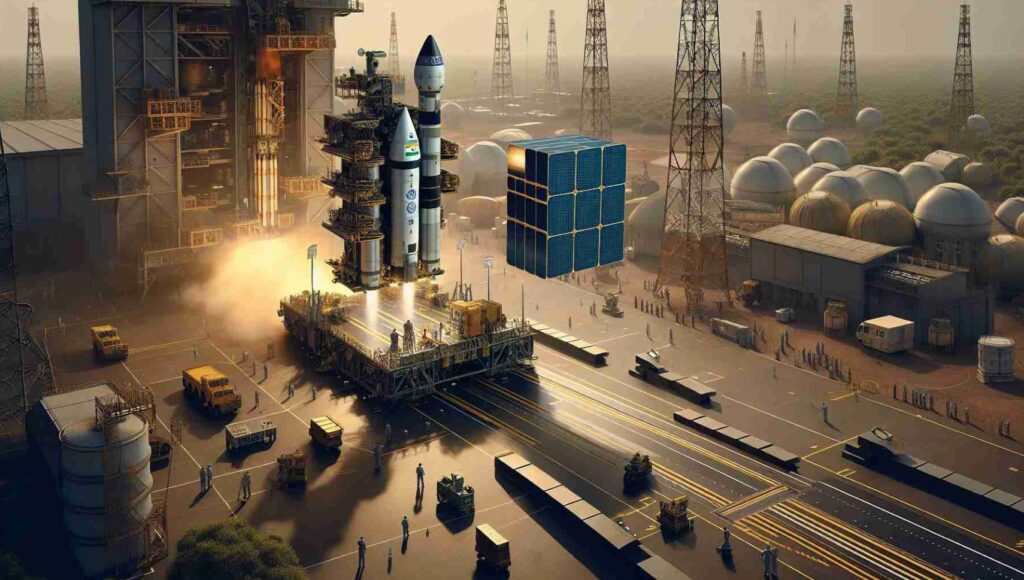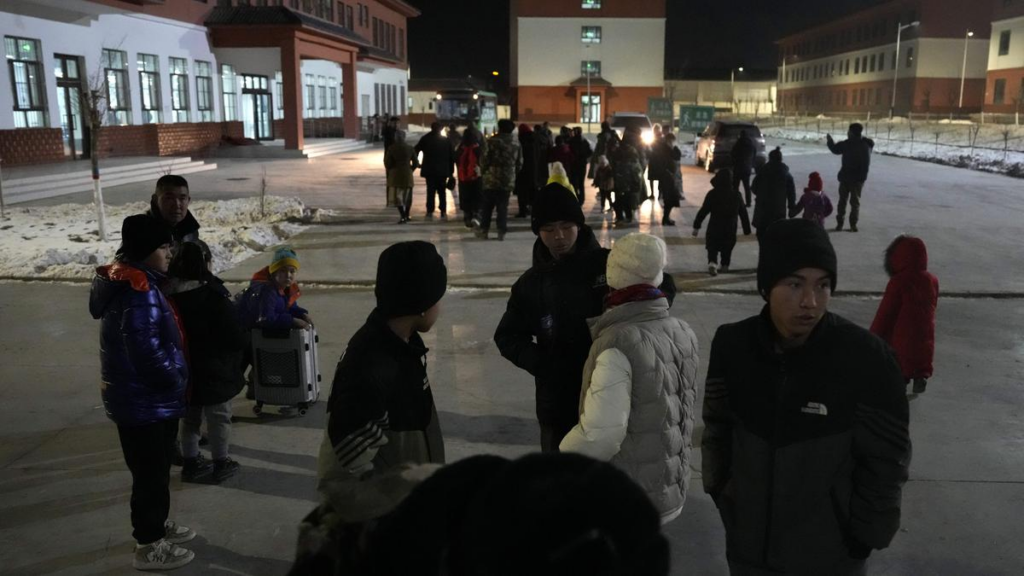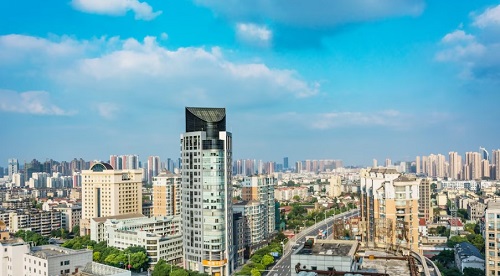The latest flare-up in an increasingly tense territorial confrontation saw Chinese coast guard ships fire water cannons at two Philippine patrol vessels near a disputed shoal in the South China Sea, damaging both of them.
Manila, Philippines In the most recent escalation of an increasingly heated territorial dispute, Chinese coast guard ships damaged two Philippine patrol boats on Tuesday by firing water cannons at them close to a contested shoal in the South China Sea.
The encounter off Scarborough Shoal, one of two highly contested locations where clashes between China and the Philippines have periodically flared up since last year, did not immediately result in any reports of injuries.
Bomb scare in Delhi-NCR schools: Over 50 schools send children home; here’s all that we know.
According to a Philippine government task group handling the territorial issues, “Vessels of the Philippine Coast Guard and the Bureau of Fisheries and Aquatic Resources were harassed, blocked, and rammed by China’s Coast Guard and maritime militia vessels.”
LSG vs MI IPL 2024: Ayush Badoni IPL run-out starts meme fest on social media, ‘paisa ho to…’
According to the task force, the electrical, navigation, and radio systems of the Philippine fishing vessel were damaged. It further stated that other journalists who were invited to accompany the patrol saw the fighting.
The task force declared that China’s most recent illegal and careless actions “highlights its egregious disregard for the Philippines’ lawful exercise of its rights and entitlements in our own Exclusive Economic Zone.”
The Philippine vessels pressed on with their patrol despite the Chinese Coast Guard’s actions, according to the Philippine Coast Guard. “They were not deterred and would persist in carrying out their legitimate operations to support Filipino fishermen and ensure their safety,” it added.
China called its action Tuesday a “necessary measure”. “The Philippines has violated China’s sovereignty with its actions,” said Gan Yu, spokesperson for China’s coast guard. “It will continue to carry out actions to defend its rights in the Chinese waters according to law, and will resolutely uphold our country’s maritime rights”, he insisted.
The Chinese coast guard has also re-installed a floating barrier across the entrance to the shoal’s vast fishing lagoon. The Philippine Coast Guard removed a similar barrier in the past to allow Filipinos to fish there.
China insists on its sovereignty over virtually all of the South China Sea, a key global trade route.
In addition to the Philippines and China, Vietnam, Malaysia, Brunei, and Taiwan have also been involved in territorial disputes.
According to Delhi Minister Saurabh Bharadwaj, Raghav Chadha may have “lost eyesight” about AAP MP.
The increasing frequency of the skirmishes between the Philippines and China, which have injured Filipino navy personnel and damaged supply boats in the past, has sparked fears the territorial conflict could degenerate into an armed confrontation that could put China and the United States on a collision course.
The U.S. lays no claims to the South China Sea but has warned that it is obligated to defend the Philippines, a longtime treaty ally, if Filipino forces, ships, and aircraft come under an armed attack including in the contested waters.












